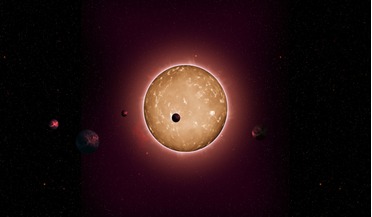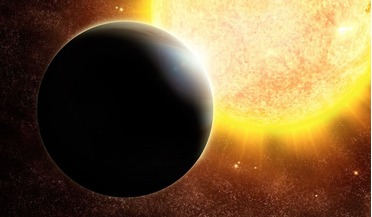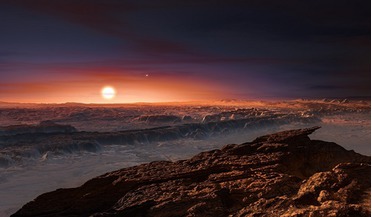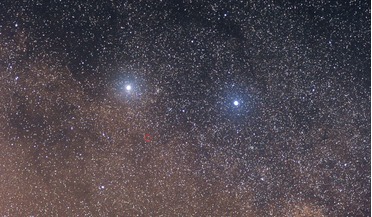 August 2018
Making a cosmic impression
August 2018
Making a cosmic impression
.... This brought me to study condensed matter, and how we could find new white dwarf stars. In the process, I discovered seven new white dwarf stars using a 48-inch Ritchie-Chrétien reflector at the Elginfield Observatory at the University of Western...
 22 February 2017
NASA announces the discovery of first-ever exoplanet system with seven Earth-size planets
22 February 2017
NASA announces the discovery of first-ever exoplanet system with seven Earth-size planets
... to say if any of the planets were able to retain their atmospheres – as ultra-cool dwarf stars are known to be very active when young, the star's activity could have eroded the atmospheres at some point in the past. However, the...
 24 November 2021
Astronomers discover more than 350 possible new exoplanets
24 November 2021
Astronomers discover more than 350 possible new exoplanets
... already known about, such as EPIC 211428897, a multi-planet system consisting of four Earth-sized planets orbiting an M dwarf star. First spotted in 2017, only three planets were initially discovered in the system but subsequent studies have...
 February 2016
How to Build Planets
February 2016
How to Build Planets
...-planet systems have also been identified, such as 55 Cancri A. Formation of an accretion disc around a star Located 41 light years away, 55 Cancri A is a yellow dwarf star, slightly less massive and therefore cooler and less luminous than our Sun...
 25 August 2016
Earth-sized planet found around our nearest neighbouring star
25 August 2016
Earth-sized planet found around our nearest neighbouring star
... presence of a planet with a mass at least 1.3 times that of the Earth, orbiting about 7 million kilometres from the dwarf star. In comparison, the average distance between the Earth and the Sun is 149.60 million kilometres (92.96 million miles...
 15 February 2021
Possible planet found in habitable zone around Alpha Centauri
15 February 2021
Possible planet found in habitable zone around Alpha Centauri
...visible from our world. But, in reality Alpha Centauri is a triple star system consisting of two sun-like stars, Alpha Cen A & B, and a smaller red dwarf star called Proxima Centauri. Proxima Centauri is already famous for harbouring a a rocky planet...